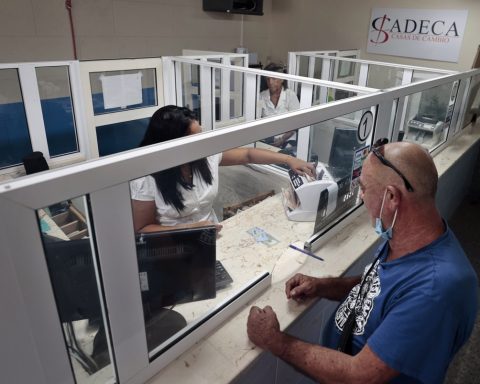NASA’s Curiosity rover found rippled rocks in an area of Mars, evidence of an ancient lake on the red planetThe US space agency reported on Wednesday.
“This is the best evidence of water and waves that we have seen in the entire mission,” said Ashwin Vasavada, Curiosity project scientist at NASA’s Jet Propulsion Laboratory in California.
The rover, who has been roaming Mars since 2012, it transmitted images of wavy patterns on the surface of rocks, caused by waves from a shallow lake billions of years ago.
NASA scientists were shocked finding such clear evidence of the existence of water in Gale Crater, where the explorer is now.
“We have climbed through many lake deposits during our mission, but we have never seen wave ripples so clearly”Vasavada said in a statement, the AFP news agency reported.
“This was especially surprising, because the area we are in probably formed at a time when Mars was getting drier,” added.
Curiosity is exploring the slopes of a 5,000 meter high mountain known as Mount Sharp.
The rover has also detected debris in a valley that were swept away by wet landslides on Mount Sharp, NASA said.
“These pieces of land are probably the most recent evidence of the presence of water that we will ever see”Vasavada explained. “It will allow us to study higher layers on Mount Sharp that we can’t reach.”
“The rover, which has been roaming Mars since 2012, returned images of wavy patterns on the surface of rocks, caused by waves from a shallow lake billions of years ago.”
.
NASA indicated that Mount Sharp provides a kind of “martian timeline” to scientistswith the oldest layers at the bottom and the youngest at the top.
This allows them “to study how Mars evolved from a planet that was more Earth-like in its ancient past, with a warmer climate and abundant water, to the frozen desert it is today”he said, added AFP.
Another Mars explorer, Perseverance, landed on the red planet in February 2021 to look for signs of microbial life in the past.
This multitasking vehicle will collect 30 rock and soil samples in sealed tubes that will be sent to Earth in the 2030s. for analysis in the laboratory.


















